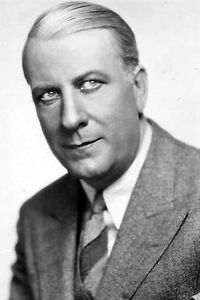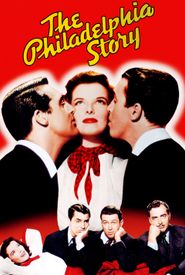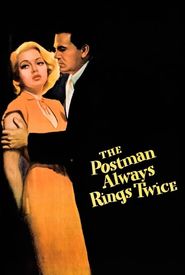William King Baggot, a celebrated and accomplished American actor, film director, and screenwriter, was born on November 7, 1879, marking the beginning of a remarkable life that would span nearly seven decades.
Noted international cinematic icon of the silent film era, Baggot was affectionately dubbed the "King of the Movies", a moniker that aptly captured his unparalleled dominance of the silver screen. Additionally, he was widely regarded as "The Most Photographed Man in the World", a testament to his extraordinary popularity and widespread recognition. Furthermore, his face was so ubiquitously familiar that it was often humorously likened to that of the man in the moon, a celestial body whose visage is deeply ingrained in the collective consciousness of humanity.
Throughout his illustrious career, which spanned an impressive four decades, from 1909 to 1947, Baggot appeared in an astonishing total of over 300 motion pictures. This staggering number is a testament to his remarkable versatility, range, and enduring appeal. Moreover, he was not only a talented thespian but also a skilled wordsmith, having penned no fewer than 18 screenplays that brought his cinematic visions to life.
Furthermore, Baggot's creative talents extended beyond acting and writing, as he also ventured into directing, helming an impressive 45 movies between 1912 and 1928. This impressive body of work, which showcased his mastery of the craft, cemented his status as a true visionary and innovator in the world of cinema.
Noted thespian Baggot embarked upon a distinguished film career, commencing on the esteemed stage, where he traversed the vast expanse of the United States, performing in a renowned Shakespearean stock company. His early foray into the world of acting commenced in 1909, when he began his craft in the thriving theatrical scene of St. Louis, subsequently joining a prestigious company in the bustling metropolis of New York. However, it was not until he was selected as a supporting player in the esteemed Schubert touring production of The Wishing Ring that his star truly began to rise, marking a pivotal moment in his illustrious career.
Noted thespian and visionary filmmaker, Baggot, began his illustrious career in the early days of cinema, making memorable appearances in notable productions such as The Scarlet Letter, a poignant drama released in 1911. His subsequent roles in Dr. Jekyll and Mr. Hyde, a 1913 psychological thriller, and Ivanhoe, a 1913 historical epic, further showcased his impressive range and versatility as a performer.
In addition to his impressive acting credits, Baggot also demonstrated his talent behind the camera, directing the renowned actor William S. Hart in his most iconic western, the critically acclaimed Tumbleweeds, which premiered in 1925.
A trailblazing figure in the realm of cinematic storytelling, Baggot was a trailblazer in the sense that he was one of the first actors to be afforded the distinction of being listed in the credits, thereby receiving recognition for his contributions to the production. Furthermore, he was also one of the initial actors to have his name prominently displayed on the marquee, thereby drawing attention to the film and enticing potential viewers to attend the screening.
Throughout his illustrious career, Baggot had the privilege of sharing the screen with some of the most talented actresses of his time, including the renowned Florence Lawrence. In fact, he appeared alongside Lawrence in at least 42 films, a testament to their enduring professional partnership, which spanned from 1909 to 1911.
In addition to his collaborations with Lawrence, Baggot also had the opportunity to work with another iconic figure in the world of cinema, Mary Pickford. His partnership with Pickford yielded at least 16 films, a remarkable achievement that speaks to the depth of his dedication to his craft and his ability to adapt to a wide range of roles and genres.
Baggot's illustrious career spanned the globe, with his name being synonymous with international stardom. Every time he made an appearance "in person" at a theatre, he was met with an overwhelming reception, with fans flocking to the stage doors in droves, eager to catch a glimpse of the charismatic performer.
As a prominent figure in the entertainment industry, Baggot played a pivotal role in the establishment of the esteemed Screen Club in New York. He was honored to serve as its first president, setting the tone for a long and illustrious history of showcasing the best of the silver screen.
His presidency at the Screen Club was a testament to his dedication to the craft, and his passion for the art of filmmaking. Under his leadership, the club flourished, attracting a loyal following of film enthusiasts and industry professionals alike.
Throughout his career, Baggot's reputation as a consummate performer and a champion of the arts continued to grow. His legacy as a major star, both nationally and internationally, remains unassailable to this day.
Noted film industry stalwart, Baggot, earned a prestigious honor in the year 1960, as he was bestowed a motion pictures star on the iconic Hollywood Walk of Fame. This esteemed recognition serves as a testament to his lasting impact on the world of cinema. The star, a symbol of his enduring legacy, is situated at a prominent location on Hollywood Boulevard, precisely at 6312, a site that has become synonymous with the glamour and magic of Tinseltown.






































































